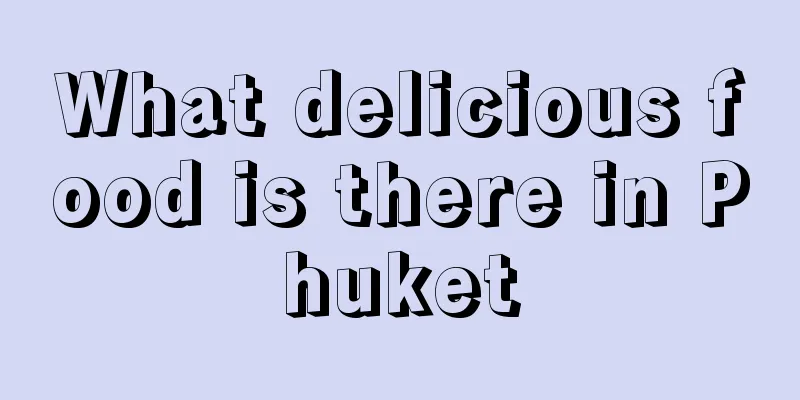8 places with the most bacteria teach you 8 ways to remove bacteria and prevent viruses

|
Did you know that pillows, pens, toilets, etc. that we often touch are places where bacteria multiply the most. If we do not do a good job of sterilization, bacteria may take advantage of the opportunity to enter and endanger our health. Here are 8 sterilization methods to leave bacteria nowhere to hide. 1. Refrigerator Don't think that bacteria cannot survive in the refrigerator. At best, the refrigerator can slow down the reproduction rate of bacteria, but it cannot kill bacteria. Raw meat and vegetables harbor a multitude of bacteria that can continue to multiply and contaminate other foods in your refrigerator. Food taken out of the refrigerator must be heated before being eaten, otherwise symptoms such as diarrhea, nausea, vomiting, and fever may occur. Cleaning method: Wipe the inner wall of the refrigerator with detergent. Be sure to use clean rags and don't use old rags, as that will only give bacteria a pleasant journey. Fresh vegetables should be cooked and served within two days. Do not store cooked meat, poultry, and fish for more than 3 days. 2. Towel Generally, towels used in households are placed indoors or even in the bathroom. Due to lack of air circulation, towels are used several times a day and are rarely dry, making it very easy for germs to breed and multiply. Over time, this is harmful to human health and can lead to skin diseases. Learn to use towels correctly. When washing your face or taking a bath, you should first rinse it with shower gel and clean water, and then wipe it dry with a dry towel. This can reduce the adhesion of body dirt to the towel. Cleaning method: Towels should be cleaned promptly after use, and boiled in boiling water for 10 minutes every week for disinfection. The hanging area should be ventilated and it is best to dry or sun dry them in time. Towels should be washed frequently and taken outdoors for sunlight disinfection. 3. Washing Machine Fully automatic washing machines generally have two drums, an inner drum and an outer drum. The washing machine slot between the inner drum and the outer drum is a breeding ground for many bacteria. The longer the washing machine is used, the more dirt and bacteria accumulate, and the more serious the secondary contamination of clothes will be. Many families place their washing machines in humid or poorly ventilated places. Due to the high humidity in the environment, the proliferation of bacteria will be accelerated. Common fungal skin diseases such as pityriasis versicolor and tinea corporis, as well as viral hepatitis, typhoid fever, dysentery, and trichomoniasis can all cause infection through clothing. Cleaning method: Generally, the washing machine should be cleaned every 3 months. When washing clothes, it is best to wash outer clothes and bed sheets separately, and wash underwear and socks by hand as much as possible. Do not close the lid of the washing machine immediately after using it. Leave it open for ventilation for a while. 4. Cutting Board It is reported that there are as many as 200,000 germs per square centimeter on the surface of a cutting board that has been used for 7 days, which poses a great threat to human health. Cutting boards are also one of the dirtiest places in the home. Cross-contamination between raw and cooked foods is one of the main causes of food poisoning. When raw food is left out, bacteria take up residence and thrive in these areas. When you put other food on it, bacteria will take the opportunity to enter the human body. Cleaning method: Use separate cutting boards and knives for raw and cooked food. Every time you use the cutting board, be sure to clean it carefully and try to clean it in time before food residues seep into the cutting board. When cleaning, you must be careful. You can use a brush and remember to clean every gap. 5. Shower head Mold loves the moist air and dark environment of the bathroom. At some point, people discovered that a layer of sticky stuff had crawled onto shower heads and shower curtains, which not only looked disgusting, but could also cause allergy symptoms such as itchy eyes, sore throat, and nasal congestion. Cleaning method: It is best to use a full metal shower head, which makes it difficult for bacteria to find hiding places; run hot water for 3 minutes before use to sterilize; try not to rinse it directly on your face to prevent bacteria from being inhaled into the body; the filter in the shower head should be cleaned and disinfected every week. When cleaning, you can soak it in a mixture of white vinegar and water for 1 hour, or you can use bleach and disinfectant to clean it. 6. Pillow The pillow is our close companion that accompanies us for 8 sweet hours every day, but it is also a "safe haven" for various pathogenic microorganisms and parasites. Sometimes the grease, dust and dandruff on the hair will stick to the pillowcase, especially since men have more secretions and form oily stains. If you don't change the pillowcase for a long time, you can see a yellow layer on the pillowcase, which becomes a habitat for bacteria. If you breathe close to your face when sleeping at night, it is easy to inhale the bacteria on the pillow into your trachea. Cleaning method: Clean and disinfect the pillowcase regularly, expose the pillow core to the sun more often, and sprinkle some disinfectant on it if necessary. Keep your hair clean and hygienic at ordinary times. 7. Pen According to research by Rinstead, a manufacturer of mouth ulcer medicine, in addition to writing, the four major uses of pens are: chewing, scratching backs or itchy feet, stirring coffee or tea, and clearing sinks. So when you are tempted to put a pen in your mouth, think twice. And never borrow the doctor's pen. According to research from the University of Salzburg in Austria, the doctor's pen is contaminated with many different types of bacteria and viruses, including urinary tract infections and eczema skin diseases, from the patient to the doctor's hands and then to the doctor's pen. 8. Toilet You don't have to worry about contracting sexually transmitted diseases or AIDS when sitting on the toilet, but you may get a gastrointestinal infection. Most gastrointestinal pathogens are transmitted via the oral-fecal route, and according to research, more than 60% of toilet seats are contaminated with feces. So if you eat without washing your hands after touching the toilet seat, you may unknowingly ingest the germs on the toilet. Sometimes we wipe the toilet seat with toilet paper before sitting on it, but this action may spread the bacteria on the toilet seat. Other popular places where bacteria like to gather in the toilet include flush handles, faucets, and door handles, so be sure to wash your hands with soap after using the toilet, especially in public toilets. It is best to dry your hands with a paper towel. |
<<: Steamed scallops with garlic sauce
>>: Cupping or scraping, which one is better for removing dampness
Recommend
How to use a thermometer?
Thermometers are common tools in our lives. Many ...
What are the symptoms of stage 1 nasopharyngeal carcinoma
Many people have a relatively clear understanding...
Can onychomycosis be contagious to other people?
Onychomycosis is common in people with diabetes, ...
What is sebaceous dermatitis and how to treat it
Improper use of skin care products can easily lea...
What is the reason why stomach problems make you hungry quickly
Gastric disease is a long-term disease, and its t...
Where does endometrial cancer metastasize from
Endometrial cancer, also known as uterine body ca...
What should I do if I swallow bayberry seeds?
Many people like to eat bayberry. Although bayber...
What should I do if I feel irritable and can’t sleep?
In life, more and more people suffer from insomni...
What should I eat if my wound is festering?
It is inevitable to bump into things in daily lif...
The best time for childbearing
Many female friends will reproduce in their lifet...
What are the hazards of osteosarcoma
Osteosarcoma is familiar to everyone. It is a com...
The mouth ulcer has rotted into a deep hole
Many people suffer from oral ulcers in the hot su...
How to clean old oil stains on clothes
I don’t know if you have ever made this discovery...
Are chemical fiber fabrics harmful to the human body?
In fact, in our country there are many people who...
The functions and effects of Platycladus orientalis leaves can cure these diseases
Platycladus orientalis leaves are also called Pla...









